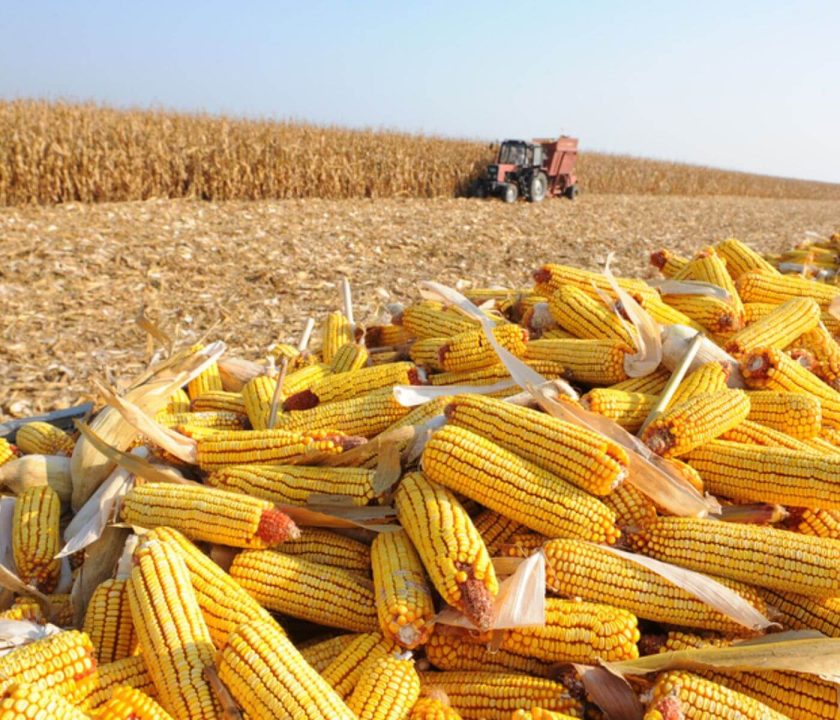China’s shift away from US corn is benefiting other Asian buyers as cheaper American supply flows into the broader market, shaking up competition for the grain used in animal feed and biofuels.
As reported by Bloomberg, South Korea, Japan and Vietnam are among countries that have ramped up their purchases, with the US taking more market share in some places as its footprint in China dwindles.
China has sought to diversify its agriculture supply over the past few years after tensions with the first Trump administration fueled food security fears.
Brazil is cashing in
While US corn has displaced South American cargoes, Brazil is cashing in on China’s diversification plans.
China is relying more heavily on the nation’s crops, and President Xi Jinping recently told his counterpart Luiz Inacio Lula da Silva that they should strengthen cooperation in agriculture.
Corn is primarily used in Asia to make feed for animals. China has also sought to curb its imports of US soybeans — used for animal feed also — shifting toward more Brazilian supply.
Supporting local prices and protecting farmers
China’s purchases of US corn peaked in September 2021 but have trended lower since mid-2022, slumping to the lowest in five years in March.
More recently, the slide in imports has been exacerbated by China’s call to limit overall shipments from overseas to support local prices and protect farmers.
“A further decline in exports to China is expected through 2025,” said Matthew Biggin, an analyst with BMI, a unit of Fitch Solutions.
“In the coming months, we anticipate sustained increased sales to Asian markets, especially Japan, as these countries hedge against potential global supply constraints.”
Higher flows
US corn shipments to Japan in 2024-25 are more than 30% higher than the previous year, reaching 8.9 million tons as of May 15, according to the US Department of Agriculture.
Sales to Vietnam and Indonesia have jumped after the nations took no American grain the year prior.
South Korea’s imports surged to the highest level in more than seven years earlier this month, according to the USDA.
The US share of the South Korean market is expected to expand to around 30% in 2025-26, up from 7% in 2022-23, the agriculture department forecasts.
For some feed and livestock producers, corn from South America was preferred because of the harder kernel and minimal dust, but supply from the US is now more attractively priced.
US corn is “very competitive” into Southeast Asia, said Caleb Wurth, the US Grains Council’s Director for the region.
Trade talks
President Donald Trump’s sweeping tariffs could prompt even more corn and other commodities exports to Asia as nations negotiate trade deals.
Vietnam, Indonesia and Thailand are actively seeking talks with the US and have weighed boosting purchases of American goods to reach a deal.
Japan and South Korea have also proposed increasing imports of farm products.
“US farmers are excited about potential enhanced trade relationships with the countries of Southeast Asia,” said Dan Keitzer, Director of the Iowa Corn Growers Association.
He recently met with feed millers and grain traders in the region, along with ethanol retailers in the Philippines.
China is expected to import 10 million tons of corn in 2025-26, including from the US, according to the USDA, slightly higher than the prior year, but below the peak of 29.5 million tons in 2020-21.
China’s agriculture ministry sees overall purchases at 7 millions, on par with this year, which is a six-year low.

